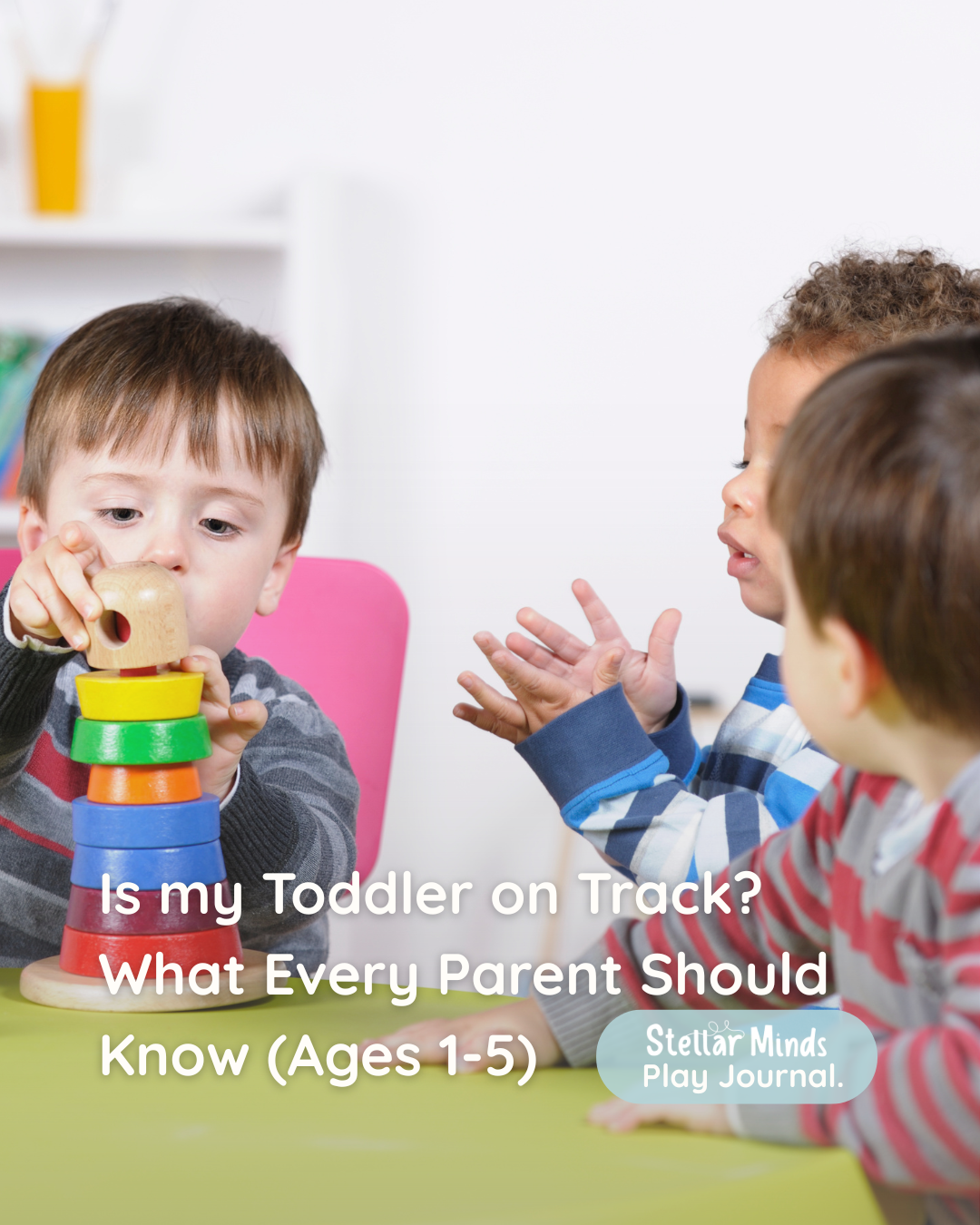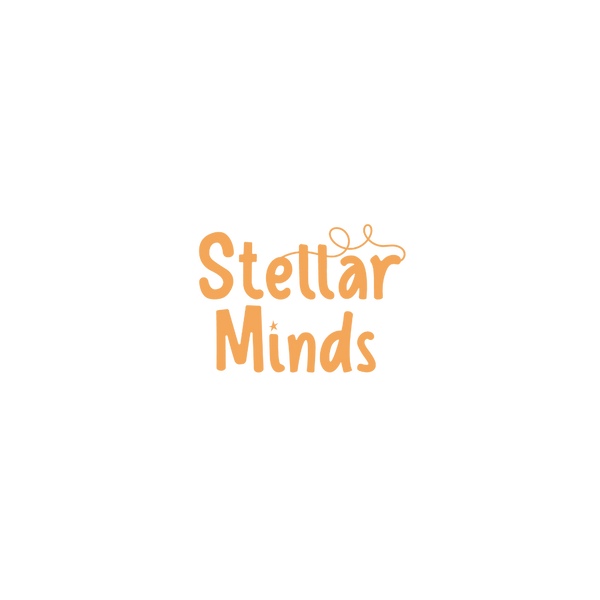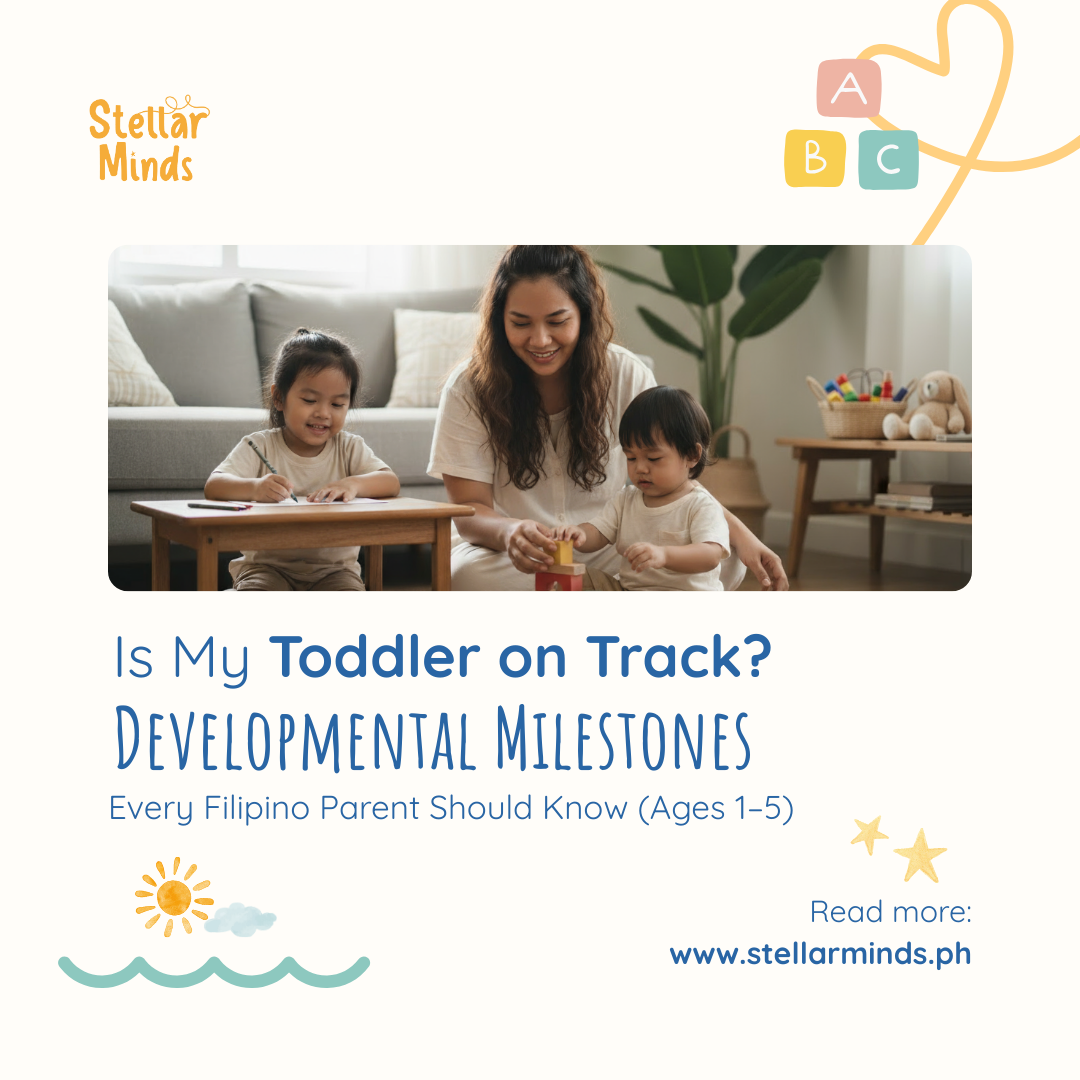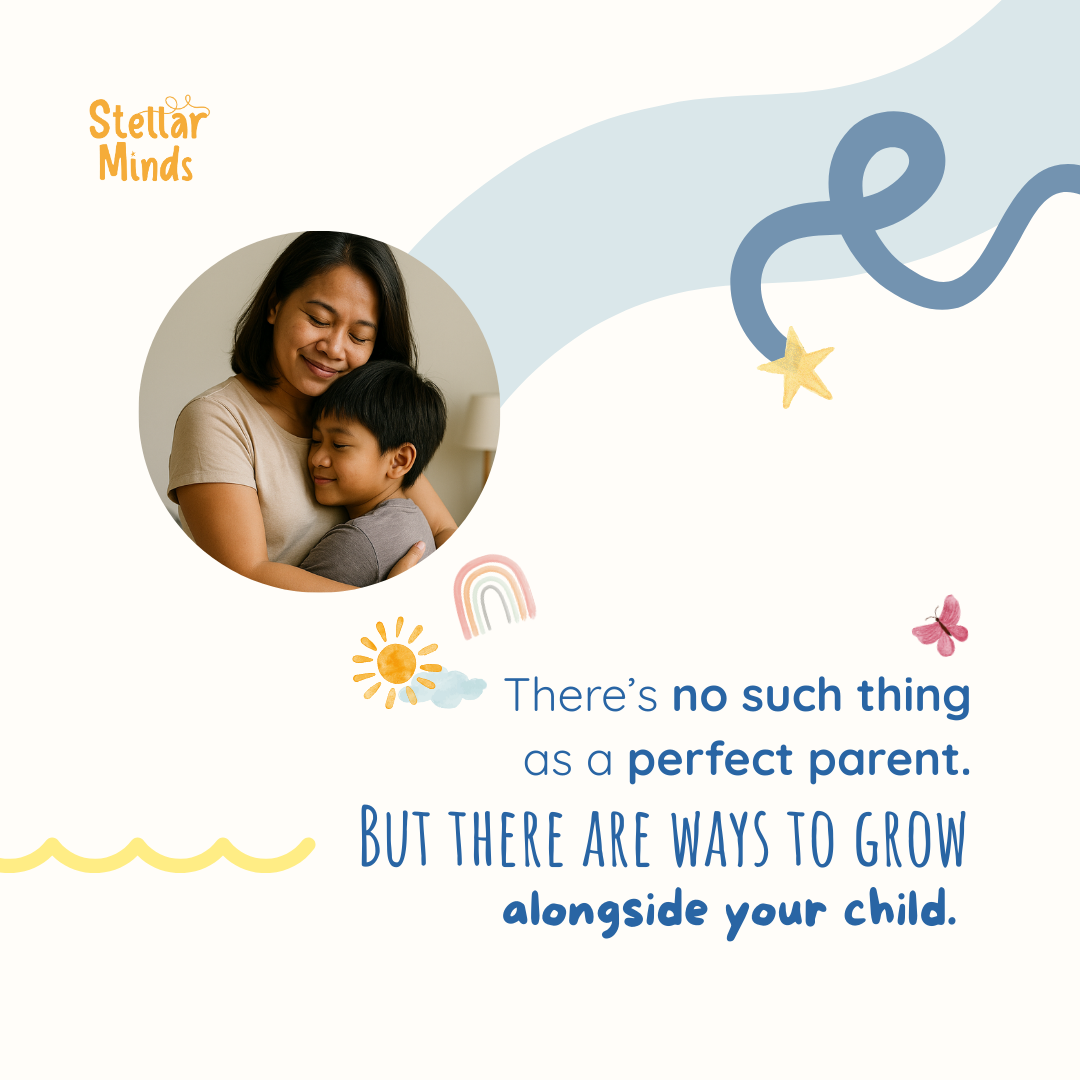
Is My Toddler on Track? Developmental Milestones Every Filipino Mom Should Know (Ages 1–5)
Share
If you’re a Filipino mom (or dad!) wondering whether your toddler is meeting the age-appropriate developmental milestones, you’re not alone. Many parents ask: “Normal lang ba kung hindi pa siya nagsasalita ng buo?” or “Dapat ba marunong na siyang kumain mag-isa at three years old?” These are among the most common toddler development concerns.
The good news? Every child develops at their own pace. Having a developmental milestones checklist for ages 1–5 can guide you in celebrating your child’s progress and spotting early if extra support may help.
Global experts like the World Health Organization (WHO) and the Centers for Disease Control and Prevention (CDC) agree: keeping track of milestones is one of the best ways to nurture healthy child development and catch possible delays early.

Age 1–2: Exploring the World with Curiosity
At ages 1–2, toddlers transition from infancy into early childhood. Research shows this stage is marked by emerging mobility, first words, and the beginnings of self-help skills such as feeding and drinking from a cup. Sa edad na eto, sensorial ang kanilang pagkatuto. Natututo sila sa pamamagitan ng paghawak, paggalaw, at pagtuklas ng mga bagay sa paligid nila.
Typical milestones (CDC, 12–18 months):
- Physical: Walks while holding on, may start walking alone, climbs onto furniture.
- Fine Motor/Self-Help: Drinks from a cup, starts feeding self with a spoon, helps undress self.
- Language: Says at least 3–10 words besides “mama” and “dada,” points to show what they want, follows simple commands like “kuha bola.”
- Social: Shows affection, imitates adults, enjoys peek-a-boo and simple interactive games.
Parent Tip: Encourage independence by letting them self-feed, stack blocks, and join action songs like “Itsy Bitsy Spider.” These simple activities build both coordination and language.

Age 2–3: Bursting with Words and Independence
At ages 2–3, toddlers are rapidly expanding their vocabulary and independence. Research shows that by 24 months, most children use 50+ words and begin combining them into short phrases. They also become more adventurous in their physical play, climbing, running, and experimenting with pretend play.
Sa edad na ito, lumalabas ang kanilang personalidad. Kaya normal lang ang madalas na “no!” at tantrums habang sinusubukan nilang ipahayag ang sarili.
Typical milestones (CDC, 24–30 months):
- Physical: Walks and runs steadily, climbs onto and down from furniture, kicks a ball.
- Fine Motor/Self-Help: Builds towers of 4+ blocks, uses utensils more effectively, begins to help with dressing.
- Language: Uses 50+ words, combines 2–4 words (“want milk,” “go car now”), points to body parts when asked.
- Social/Play: Begins pretend play (feeding a doll, “cooking”), engages in parallel play, expresses strong emotions.
- Cognitive: Sorts shapes, colors, and matches objects
Parent Tip: Offer simple choices (“red crayon or blue crayon?”) to give them a sense of control. Encourage pretend play using everyday items like feeding a doll, cooking with toy pots, or pretending to drive a car. Or bigyan sila ng simpleng gamit gaya ng karton at papel, at obserbahan kung paano nila ito gagamitin bilang laruan. Creativity often shines through the simplest materials.

Age 3–4: The Imaginative Storyteller
Between ages 3 and 4, children make huge leaps in language, imagination, and social interaction. Research highlights this as a stage of symbolic play, where kids use stories and imagination to process the world around them.
Sa panahong ito, mahilig silang magtanong ng “bakit?” at gusto nilang laging kasama sa laro, simula ng mas malinaw na pakikipagkaibigan.

Typical milestones (CDC, 3 years):
- Physical: Climbs well, jumps with both feet, pedals a tricycle.
- Fine Motor/Self-Help: Holds crayons with fingers, copies a circle, puts on some clothing.
- Language: Talks well enough for most strangers to understand, speaks in longer sentences, asks many questions.
- Social: Plays with other children, enjoys make-believe games, begins to understand turn-taking.
- Cognitive: Retells parts of a familiar story, sorted by color and shape.
Parent Tip: Encourage role play through simple stories and costumes. Let them act out being a doctor, teacher, or superhero. These activities help them build empathy, problem-solving, and stronger communication skills.

Age 4–5: Ready for School and Social Play
At ages 4 to 5, children are preparing for more structured learning and group play. Studies show that preschoolers at this stage demonstrate stronger memory, clearer speech, and emerging academic concepts like counting and letter recognition.
Sa edad na apat mula limang taon, mas malinaw na ang kanilang pakikipag-usap at mas nakikilala nila ang damdamin ng ibang bata.
Typical milestones (CDC, 4–5 years):
- Physical: Hops on one foot, throws and catches a ball, uses scissors with more control.
- Fine Motor: Draws a person with three or more body parts, copies shapes such as a cross or square, begins writing some letters.
- Language: Tells simple stories, sings songs from memory, speaks clearly using basic grammar.
- Social: Learns turn-taking, plays cooperative games, develops empathy and friendships.
- Cognitive: Counts five to ten objects, names colors, recognizes some letters, understands time concepts like morning and night.
Parent Tip: Play board games and group activities that require taking turns and following rules. These not only prepare your child for school readiness but also teach patience, teamwork, and resilience.
At Stellar Minds PH, we believe play is the best teacher. Our playdates, science activities, and creative kits are designed to help Filipino children reach their developmental milestones in fun and engaging ways. Whether it’s through messy play, storytelling, or hands-on experiments, every moment is a chance for learning and growth.
📌 Want to track your child’s progress? Download the CDC Developmental Milestones Checklist and celebrate each step of their journey with confidence.
References
World Health Organization (2020). Improving early childhood development: WHO guideline.
Centers for Disease Control and Prevention (2022). Learn the Signs. Act Early.
UNICEF Philippines (2021). Early Childhood Care and Development in the Philippines.



